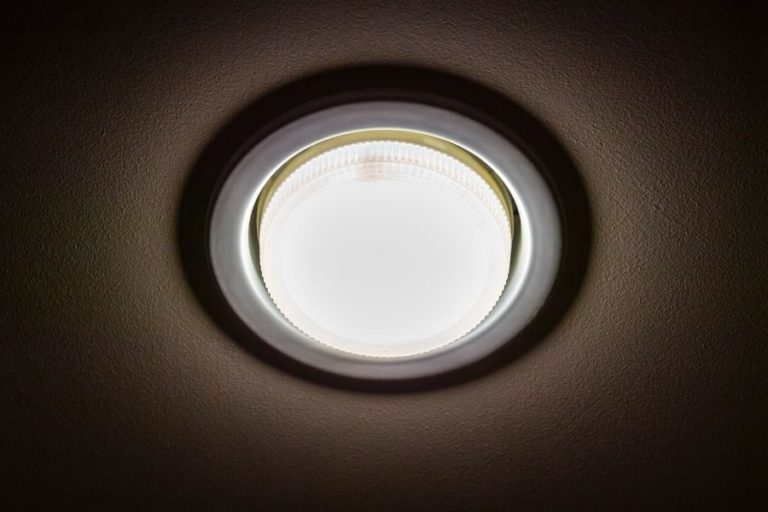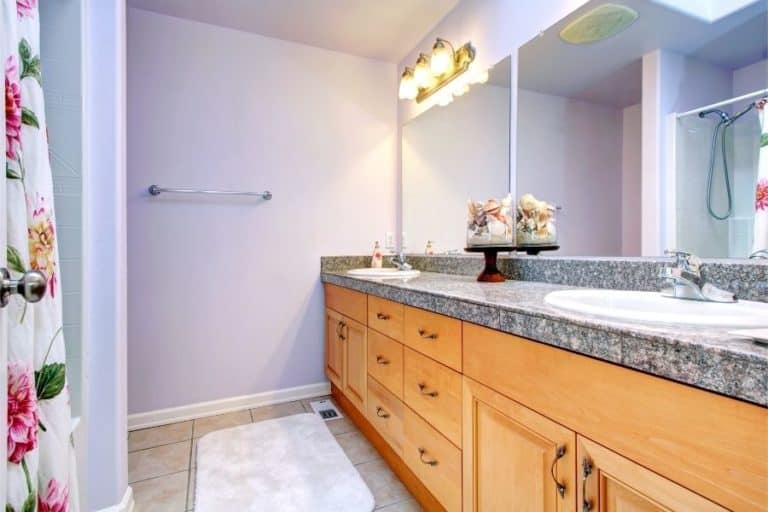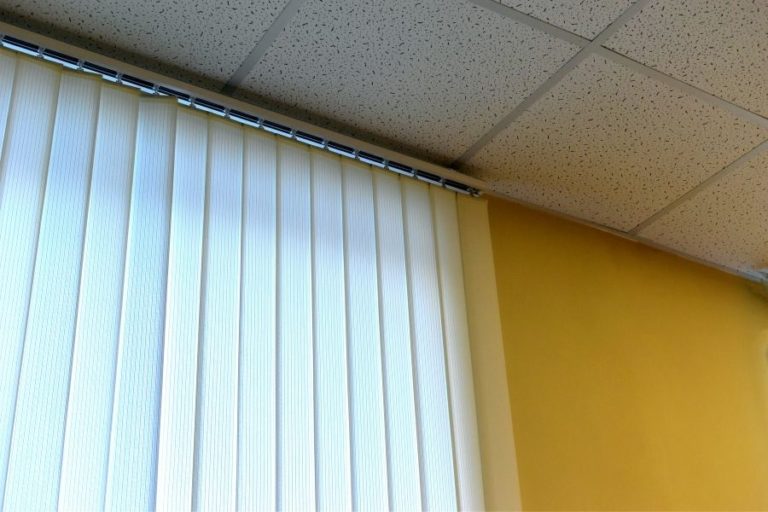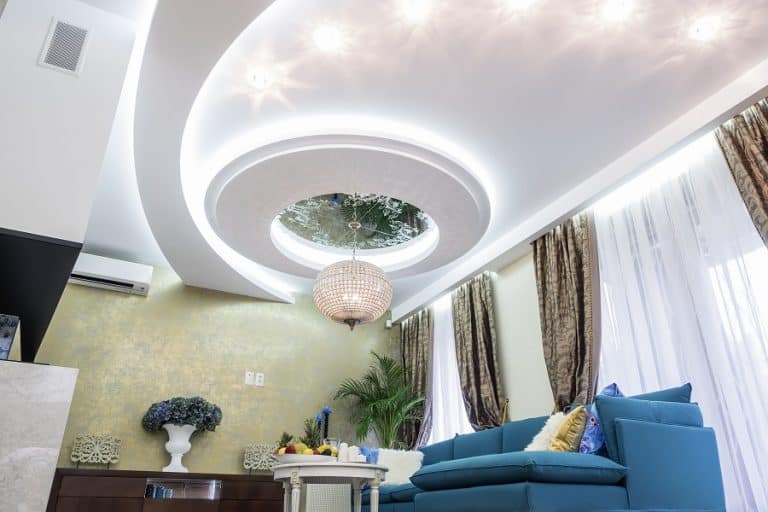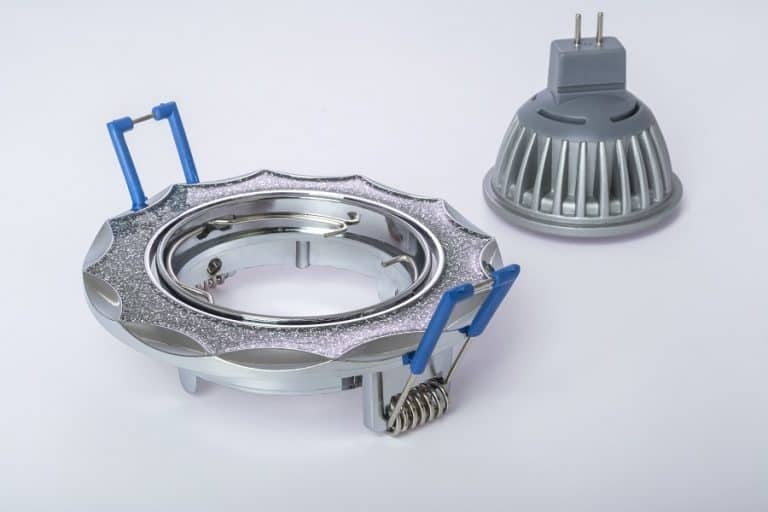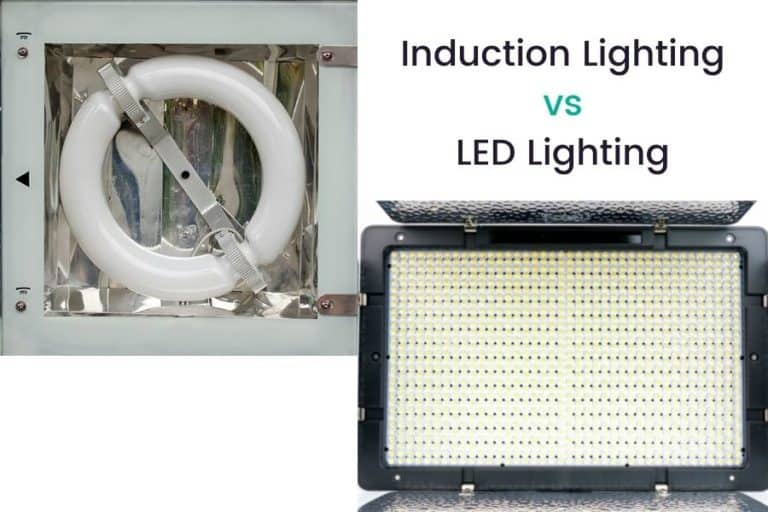Recessed lights are versatile, aesthetically appealing, space-saving and can brighten up any area effortlessly, making them extremely popular lighting options. However, when you consider a 4 inch vs 6 inch recessed lighting, you may wonder which is a better choice for your home. Read on to know more.
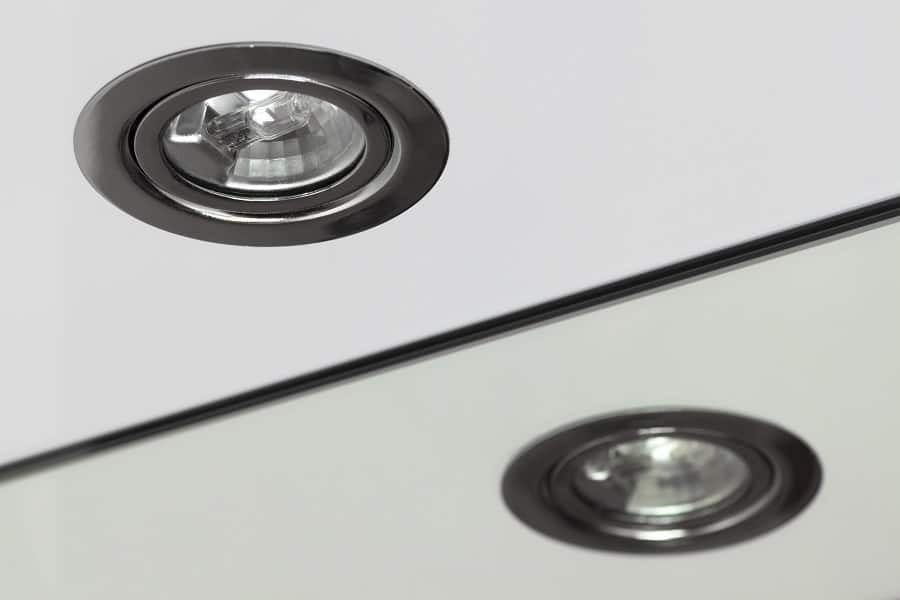
4 Inch vs 6 Inch Recessed Lighting
When you’re choosing recessed lights for your home, you may be rather confused about whether to use 4-inch or 6-inch lights. However, before making your final decision, it is a good idea to evaluate the pros and cons of each option and determine the one that is best for your needs.
4-Inch Recessed Lights
Generally, 4-inch recessed lights are more compact compared to 6-inch ones and some of the benefits of using 4-inch recessed lighting include:
6-Inch Recessed Lights
Related Post:
IC vs Non IC Recessed Lighting: What’s the Difference?
What Is the Best Size for Recessed Lighting?
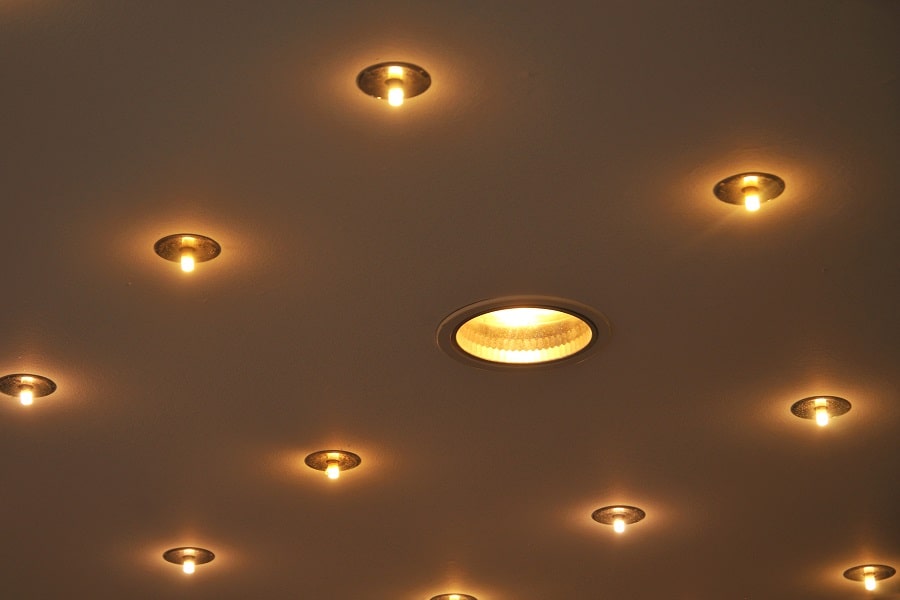
If you’re in a situation where you need to choose between 4-inch vs 6-inch recessed lighting, here are a few aspects to consider before making your decision.
Location
When you’re choosing the recessed lighting, the place where you’re going to install them plays a very important role when it comes to choosing the size. For larger rooms, lights with a larger diameter i.e., 6-inch lights may work better compared to smaller ones.
On the other hand, if the space for the installation of lights is very small, then 6-inch lights may not fit into the tight space, making 4-inch lights a better option. 4-inch recessed lights work better for smaller rooms such as children’s nooks, walk-in closets or laundry rooms.
Purposes
The purpose of the recessed lighting will determine the type of recessed light and size to purchase. For example, if you’re using recessed lights to decorate your home, then you can choose between 6-inch or 4-inch lighting, depending on the available space.
However, if the objective is general lighting, then 6-inch lights work best, especially for mid- and large-sized rooms, where the illumination provided by 4-inch lights won’t be sufficient. So, to determine which light size is the best, measure the size of your room and ceiling height.
Decor Objectives
The size of recessed lighting you choose depends on the décor of your home and your lighting goals. For instance, if you want recessed lights for general lighting, then 6-inch lights will work well; however, if you want the light to illuminate a portion of your wall or illuminate a piece of art, etc. and create drama, then 4-inch recessed lighting is the best choice.
A wide range of recessed light sizes are available and you can decide the size of light required by measuring the diameter (excluding the trim) and then selecting the size that will accommodate the size of your wall or height of the ceiling. As a general rule of thumb:
- 4-Inch Recessed Lights: These are good for focal lighting, overhead countertop lighting, etc.
- 5-Inch to 6-Inch Recessed Lights: These are good for general lighting purposes.
- 7-Inch to 9-Inch Recessed Lights: These lights provide a wider wash of light.
How Much Area Does a 4-Inch Recessed Light Cover?
When installing recessed lights, in general, for every 4-6 sq. ft. of ceiling space, one recessed light is used, which helps to provide uniform overall illumination. To determine how far apart the 4-inch recessed lights must be, the height of the ceiling must be divided by 2. For example, if the room has an 8-foot ceiling, the 4-inch recessed lights must be spaced around 4 feet apart.
For recessed lighting, 4-inch lights are the starting point. 4-inch lights are quite versatile and can be used to illuminate smaller spaces, and can also be used for bathrooms and kitchens. However, it is not recommended to use 4-inch recessed lights for ceilings that are more than 8 to 9 feet.
How Much Area Does a 6-Inch Recessed Light Cover?
6-inch recessed lights generally cover a wider area because of their larger diameter, higher lumen output, larger size and wide beam angle. 6-inch recessed lights illuminate a larger surface area and so are ideal for larger rooms requiring a lot of light such as bedrooms, living rooms, dining rooms, etc.
When considering the spacing of the 6-inch recessed lighting, you must consider the height of the ceiling. The maximum spacing criterion is provided by every manufacturer, which is basically a ratio that helps to determine how far apart you can put each recessed light.
The ratio is generally a number between 0.5 and 1.5. This number is multiplied by the height of the ceiling to arrive at the maximum distance for each light. For instance:
- Maximum space between each recessed light = ceiling height x spacing criterion
- For a 6-inch light, if the spacing criterion is 1.5 and if the height of the ceiling is 8 feet, then the maximum space between each 6-inch light should be 1.5 x 8 = 12 feet.
The spacing of the 6-inch recessed lights is very important because if the lights are very far apart, then there will be large shadows between the lights, whereas, if the lights are too close, the room will be overlit and the lights can create glare or wash the room out.
What Size Recessed Light for Living Room?
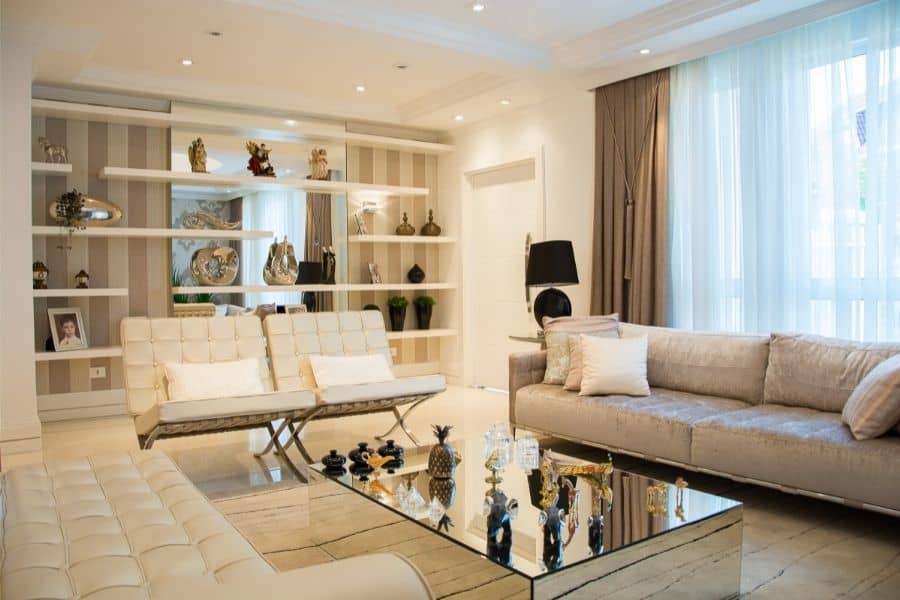
The size of lights you use in the living rooms depends on the size of the room and your preference. Generally, living rooms are quite large and need more lighting for better visibility, especially if the living room has a tall and sloped ceiling.
You will need larger recessed lights to illuminate the room like 7-inch or 6-inch lights or several 5-inch or 4-inch ones. Typically, for living rooms, you must use 2,200k to 2,700k warm white recessed lights of lumens between 1,000 to 2,000.
You can also choose between different trim options like adjustable, reflector and gimbal trims. To achieve the best lighting in the living room, the recessed lights must be placed 2-3 feet away from the walls.
Can You Have Too Many Recessed Lights?
Often, when using recessed lights homeowners, builders and contractors tend to go overboard with the number of lights used in a particular room. And, too many recessed lights in a room can end up making the space over illuminated and too bright. So, the best way to avoid an overlit space by installing too many recessed lights is by creating a lighting plan.
When you’re remodeling your home, it is a good idea to work along with a lighting specialist to decide the lighting requirements of the various rooms in your home. The lighting expert can help you to plan the number of recessed lights required for the particular space depending on the size of the room, the height of the ceiling, size of the recessed light, lumen output, etc.
If the lights are already installed and you cannot be changed, then check if controls can be added to the lights. You can consider putting them on separate switches so that you can turn the lights on separately. Adding a dimmer to the recessed lights allows greater control of the brightness.
To conclude, both 4-inch and 6-inch recessed lights are quite similar, except for the difference in their size. And, if you want to know which is a better option between 4-inch vs 6-inch recessed lighting, then the factors we have discussed in our article should make it quite easy to choose between the two.

